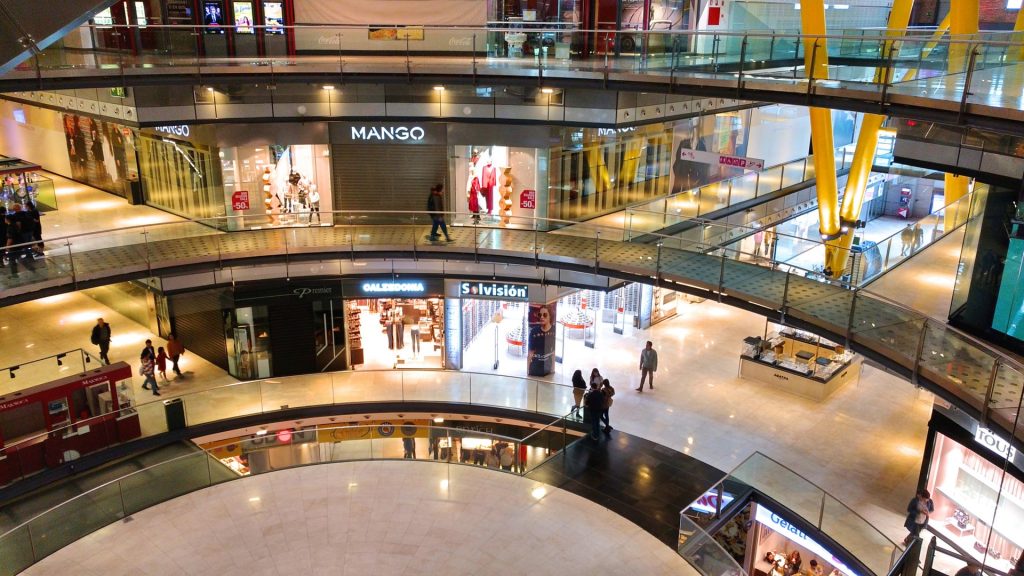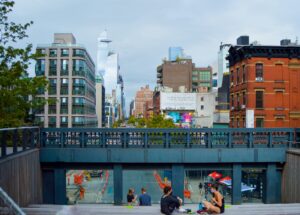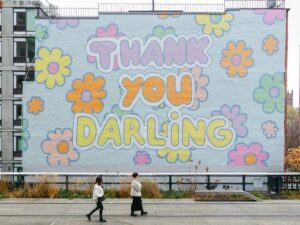While protests for civil rights and against the Vietnam war filled America’s great cities in the ’60s and 70’s, shopping malls filled the suburbs. The sprawling enclosed shopping complexes were anchored by J.C. Penney, Montgomery Ward, and Sears. Inside most you could find a Sharper image, Radio Shack, Victoria’s Secret, American Eagle, Burlington Coat and Foot Locker.
By 1975, there were 30,000 malls accounting for more than half of the retail dollars spent.
The 1980s brought the big box explosion with massive strip centers in every suburb housing Walmart, Costco, Target, and (now closed) Pace, Sports Authority, Office Max, Pier 1, and Blockbuster Video.
The number of malls in the U.S. grew more than twice as fast as the population between 1970 and 2015. The opening of the 5.6 million square foot Mall of America in 1992 may have marked the apex of shopping malls in the United States with 20 supermalls of more than two million square feet.
Right after Mall of America opened, Amazon was born and the Internet exploded— it was the beginning of the end of American malls. With the move to online retail and smart supply chain operations across the country, customers are now just a click away from their purchase.
The last two recessions accelerated the decline of traditional retail and shopping malls. The Great Recession began in 2008 with 441 retail bankruptcies. The pandemic of 2020 accelerated online shopping by a couple of years forcing hundred of retailers into bankruptcy and emptying out struggling malls across the country. These dead malls and strip centers are not only a sign of a declining retail sector, it is a disaster for communities that relied on the property and sales tax to fund basic services.
Read the full article on Forbes
Author: Tom Vander Ark
Recommended by Luisa Bravo











More Stories
The best outdoor art in NYC this winter (2024)
Activists vow to keep installing guerrilla benches at East Bay bus stops
A Blueprint for Public Realm Leadership